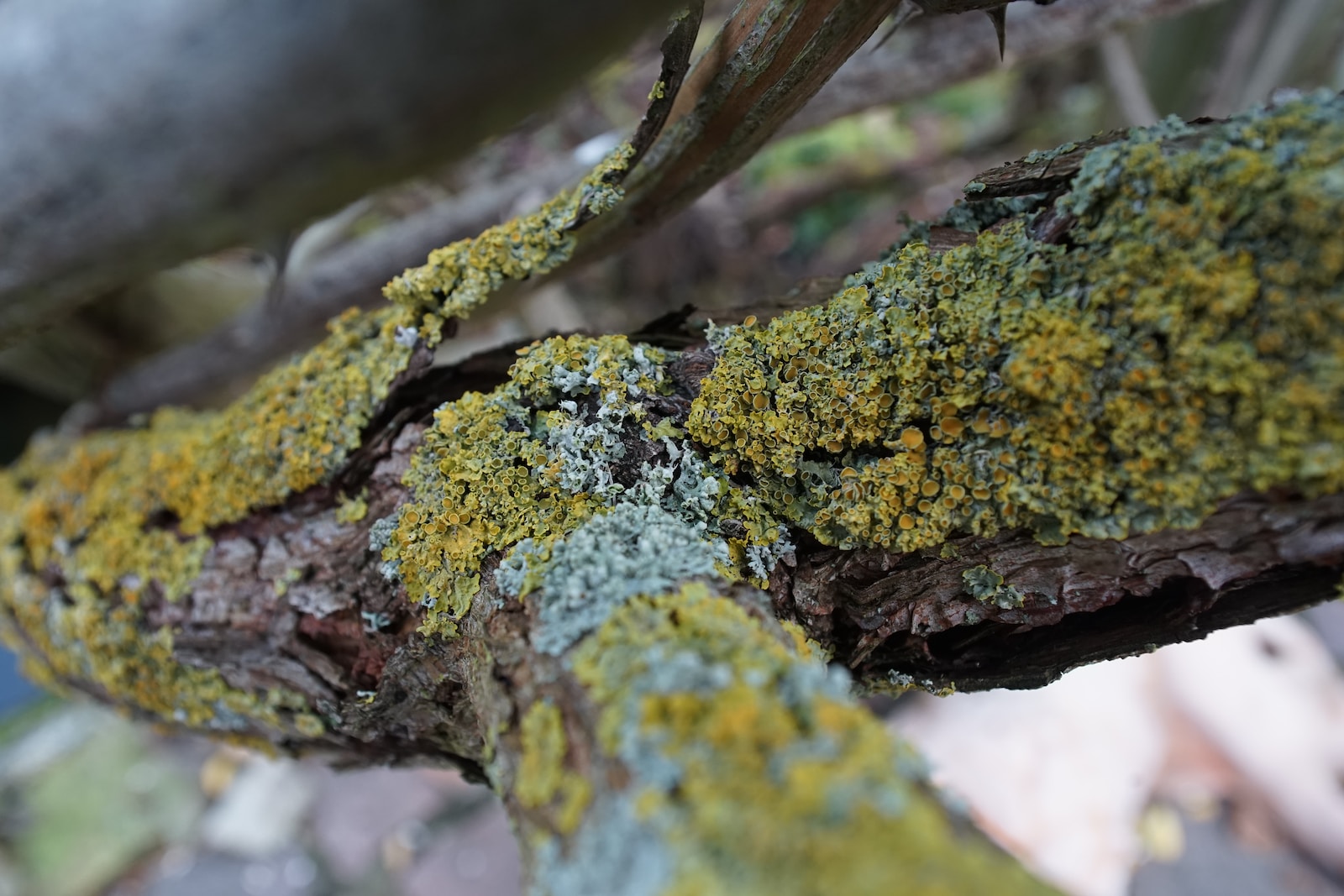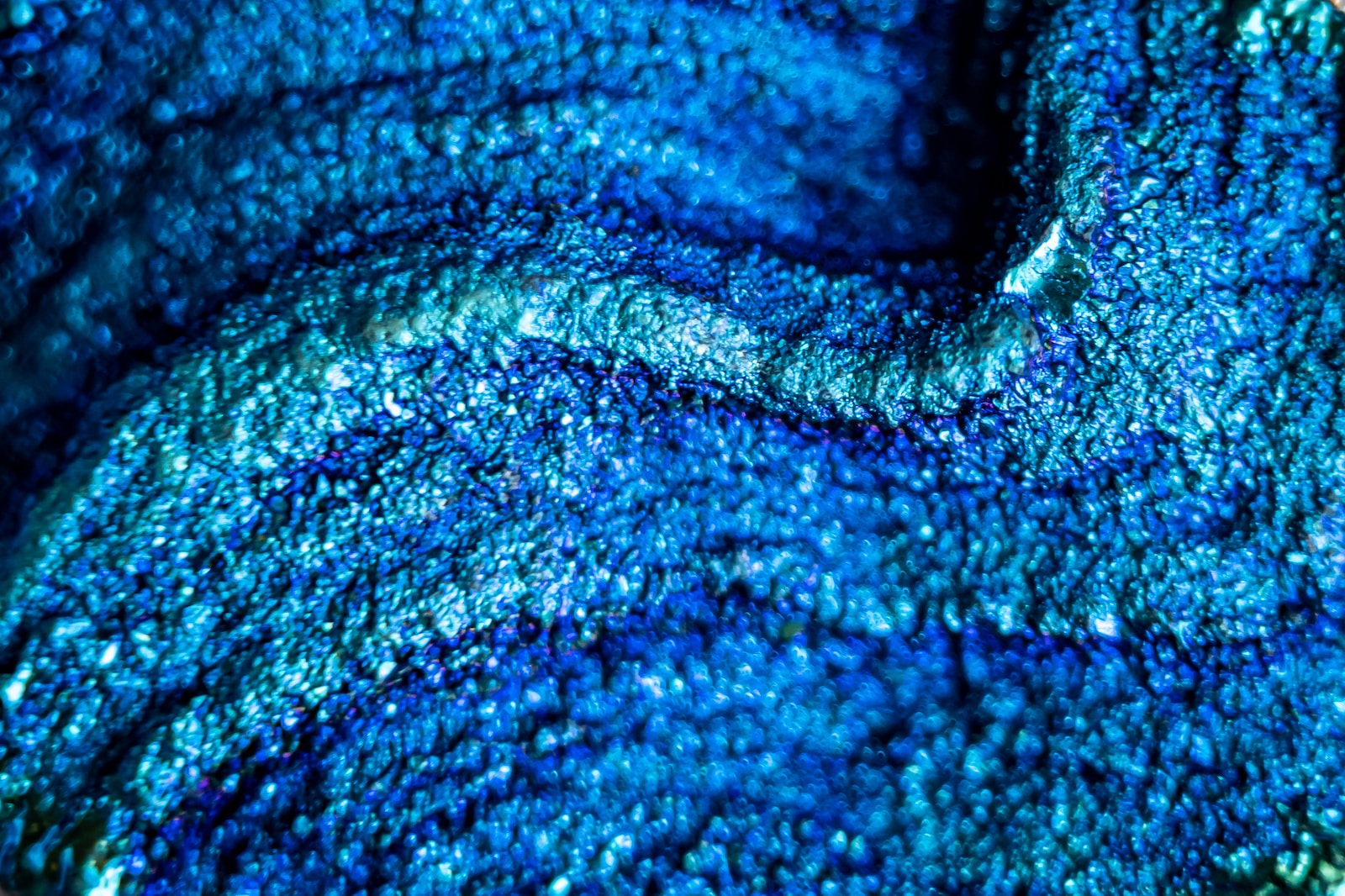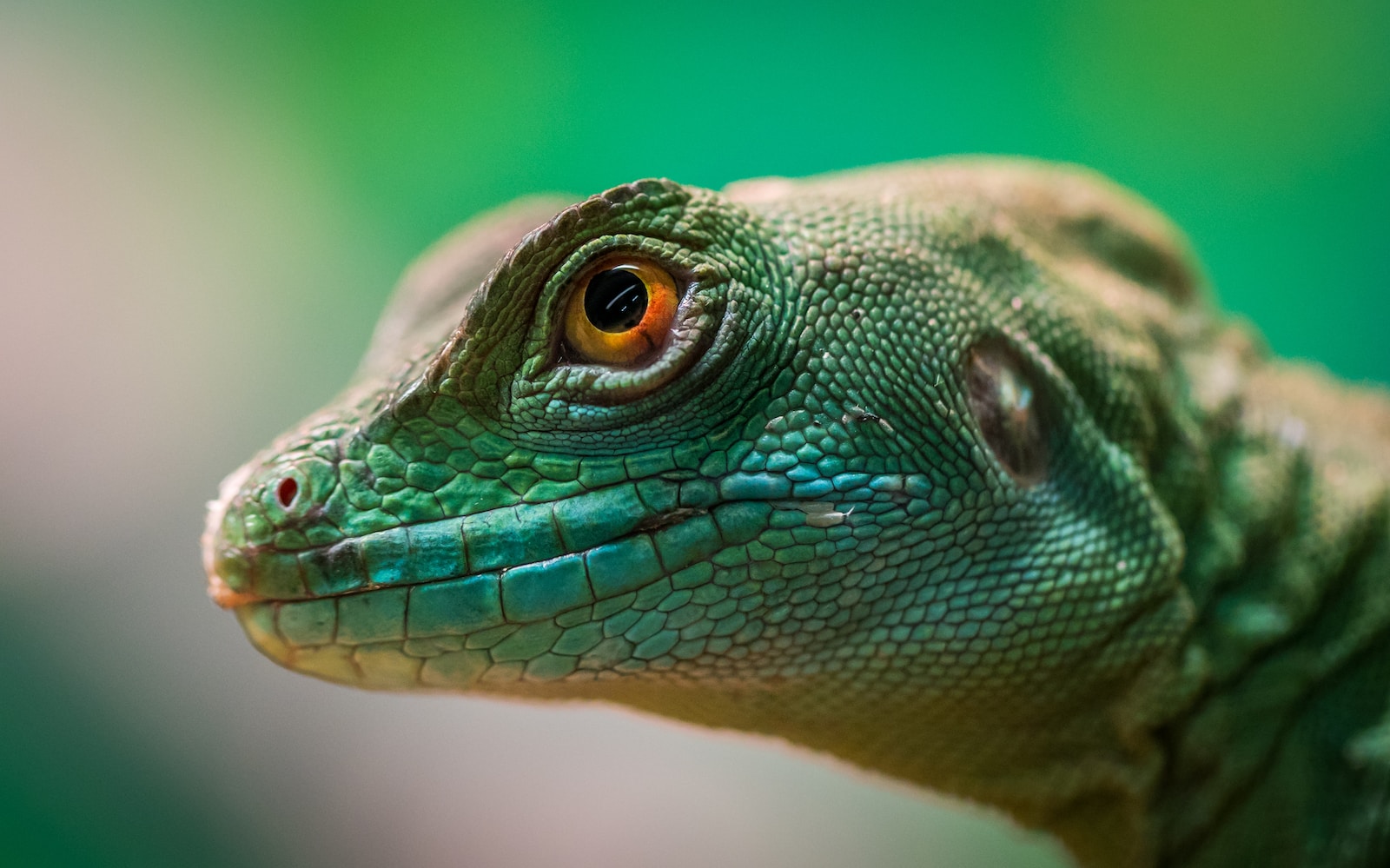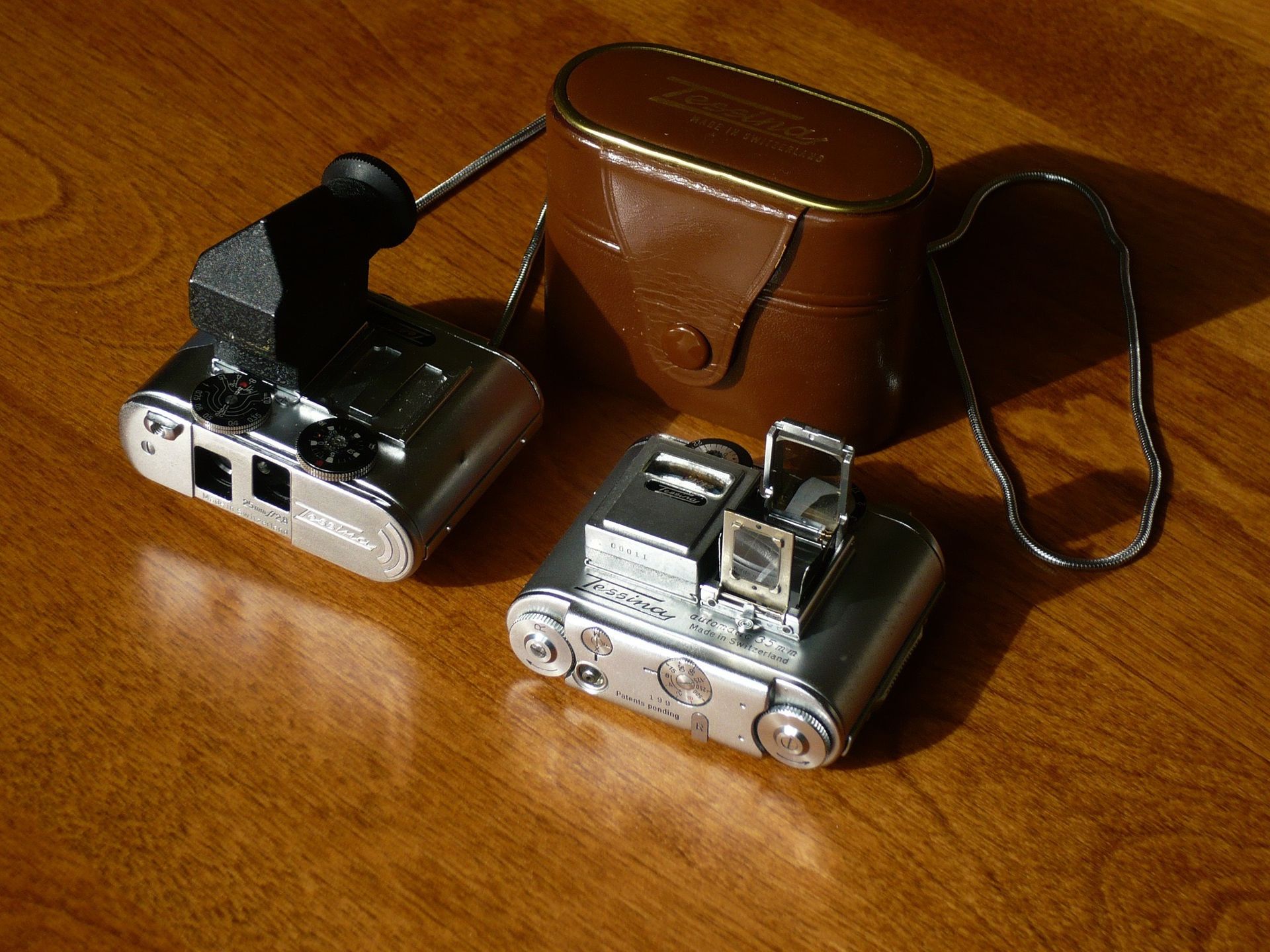Welcome to the fascinating world of lichens, where nature’s miniature jungle awaits with intricate details just waiting to be captured through the lens of your camera. In this blog, we will delve into the art of macro photography and explore the techniques that will enable you to capture the beauty of lichens in all their glory. Join us as we venture into this captivating world and uncover the secrets to attaining stunning lichen photographs.
Table of Contents
- The Intricacies of Photographing Lichens
- A How-To Guide: Techniques for Capturing Incredible Lichen Photography
- Choosing the Right Camera and Lens
- Getting Close: Macro Photography
- Lighting for Lichen Photography
- Frequently Asked Questions
- 1. What are lichens?
- 2. Why are lichens a popular subject for macro photography?
- 3. What camera and lenses are recommended for photographing lichens?
- 4. What techniques can I use to capture the detail of lichens?
- 5. How can I enhance the colors of lichens in my photographs?
- 6. Are there any ethical considerations when photographing lichens?
- 7. How can I find lichens to photograph?
- 8. Are there any post-processing techniques specific to lichen photography?
- 9. Can I sell or exhibit my lichen photographs?
- 10. What resources can I use to learn more about lichens and macro photography?
- Wrap Up
The Intricacies of Photographing Lichens
Before embarking on your lichen photography journey, it’s essential to understand what exactly lichens are. Lichens are a symbiotic relationship between fungi and algae or cyanobacteria. This unique partnership creates fascinating structures, intricate patterns, and a myriad of colors, making lichens a photographer’s dream subject.
Gearing Up for Macro Photography
Macro photography allows you to capture lichens’ intricate details on a scale that is often invisible to the naked eye. To achieve stunning macro photographs, it’s crucial to have the right gear. A camera with manual focus capabilities, a macro lens, a tripod, and a remote shutter release will set you on the path to success.
Lighting Techniques for Lichen Photography
Lighting plays a crucial role in highlighting the textures and details of lichens. Experiment with different lighting techniques, such as side lighting, backlighting, or diffused lighting, to bring out the unique features of each lichen specimen. Using reflectors or diffusers can help control and enhance the lighting conditions in your shots.
Composition and Framing
Mastering composition is vital for any photographer, and lichen photography is no exception. By following compositional rules like the rule of thirds, leading lines, and framing, you can create captivating images that draw your viewers into the miniature world of lichens.
Exploring Different Lichen Macro Techniques
While there is no one-size-fits-all approach to macro photography, various techniques can amplify the beauty of lichens. Focus stacking enables you to capture an extended depth of field, while magnification techniques reveal the intricate structures of lichens. Experiment with different approaches to find the one that best suits your creative vision.
Capturing Lichens in Their Natural Habitat
Photographing lichens in their natural environment adds a sense of storytelling to your images. Look for lichens in various landscapes, from woodland floors to rocky outcrops, and use the surroundings to enhance the narrative of your photographs. Remember to respect the environment and avoid damaging the delicate habitats that lichens thrive in.
Post-Processing Tips for Lichen Photography
Once you’ve captured your lichen photographs, post-processing can elevate them to new heights. Use software like Adobe Lightroom or Photoshop to enhance colors, adjust tonal balance, remove distractions, and bring out the intricate details of the lichens. Remember not to go overboard and maintain the authenticity of the scene.
An Appreciation for Lichens
Lichens are not just subjects to capture through a camera lens; they are fascinating organisms with incredible ecological importance. These hardy and resilient organisms can thrive in harsh environments and contribute greatly to soil formation and air quality. Take a moment to appreciate these unsung heroes of the natural world as you venture into capturing their beauty.
Did you know that lichens can survive in outer space? In 2005, lichen symbiotic cells were sent into space for 14 days and returned unharmed, proving their incredible resilience.
As you immerse yourself in the realm of lichen photography, keep experimenting, honing your skills, and capturing the intricate details that make these organisms so captivating. With a blend of technical know-how, creativity, and a genuine love for nature, you are bound to achieve incredible results. So grab your camera and embark on this macro photography adventure to uncover the hidden wonders of the lichen world.
A How-To Guide: Techniques for Capturing Incredible Lichen Photography
Have you ever been captivated by the intricate beauty of lichens? These unique organisms, a symbiotic combination of fungi and algae, create a miniature jungle on rocks, trees, and other surfaces. Photographing lichens can be a challenge, but with the right techniques, you can capture their incredible detail and showcase their fascinating world. In this guide, we will explore various tips and techniques for photographing lichens, from getting up close with a macro lens to understanding the importance of lighting.
Choosing the Right Camera and Lens
One of the first steps in capturing stunning lichen photography is selecting the right equipment. While any camera can be used, a DSLR or mirrorless camera with manual settings will provide you with more control over your shots. Additionally, investing in a macro lens will allow you to capture the intricate details of lichens up close. A macro lens usually has a focal length of 60mm to 105mm, providing the perfect range for capturing detailed macro shots.
Getting Close: Macro Photography
Macro photography allows you to delve into the miniature world of lichens. To achieve sharp and detailed images, consider the following techniques:
- Use a tripod: Stabilizing your camera with a tripod will help eliminate any camera shake, especially when shooting at close distances.
- Adjust your aperture: Lichens are three-dimensional, so using a smaller aperture (higher f-stop) will ensure that the entire subject is in focus.
- Focus on the details: Experiment with different focusing techniques, such as focus stacking, to capture the intricate textures and patterns of lichens.
Lighting for Lichen Photography
Proper lighting plays a crucial role in capturing the beauty of lichens. Here are a few tips to enhance the lighting for your lichen photography:
- Natural light: Whenever possible, utilize natural light. Lichens can look their best when bathed in soft, diffused light.
- Use reflectors: Reflectors can help you manipulate the light by bouncing it onto the lichens, filling in shadows and adding depth to your images.
- Backlighting: Experiment with backlighting to highlight the intricate details and create a magical glow around the lichens.
Capturing Unique Perspectives
While photographing lichens, don’t be afraid to experiment with different angles and compositions. Get down on your knees, climb a rock, or lie on the ground to capture a unique perspective. Be patient and observe the details around you to find captivating compositions. Remember, the intricacies of lichens can be fascinating, so explore different depths of field and focal points to showcase their complexity.
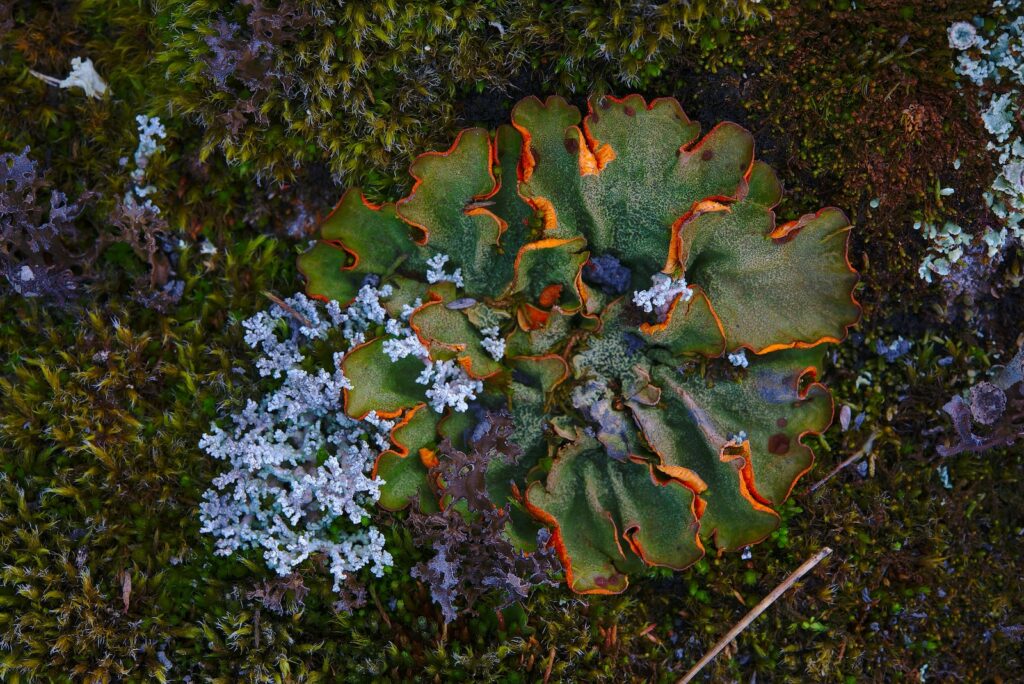
Frequently Asked Questions
1. What are lichens?
Lichens are unique organisms that result from a symbiotic relationship between a fungus and an alga or a cyanobacterium. They can be found in various environments, from forests to deserts, and come in a wide range of shapes, sizes, and colors.
2. Why are lichens a popular subject for macro photography?
Lichens make excellent subjects for macro photography due to their intricate and detailed structures. Exploring the miniature world of lichens allows photographers to discover a hidden beauty that is often overlooked by the naked eye.
3. What camera and lenses are recommended for photographing lichens?
For capturing the intricacies of lichens, a DSLR or mirrorless camera equipped with a macro lens is ideal. A macro lens allows you to focus on small details and reproduce them in stunning clarity.
4. What techniques can I use to capture the detail of lichens?
To capture the detail of lichens, it’s important to use proper lighting techniques, such as diffused natural light or artificial lighting setups. Additionally, using a tripod and remote shutter release can help maintain sharpness and minimize camera shake.
5. How can I enhance the colors of lichens in my photographs?
To enhance the colors of lichens in your photographs, you can experiment with white balance settings or use a polarizing filter to reduce glare and saturate the colors. Post-processing techniques like adjusting saturation and contrast can also bring out the vibrant hues of lichens.
6. Are there any ethical considerations when photographing lichens?
Yes, there are ethical considerations to keep in mind when photographing lichens. It’s important to avoid damaging or disturbing the specimens, especially in sensitive ecosystems. Always follow the principles of Leave No Trace and respect the natural environment.
7. How can I find lichens to photograph?
Lichens can be found in a variety of habitats, such as tree bark, rocks, and soil. Exploring nature reserves, national parks, or even your own backyard can provide ample opportunities to discover and photograph different species of lichens.
8. Are there any post-processing techniques specific to lichen photography?
Yes, in post-processing, you can further enhance the details and colors of lichen photographs. Techniques such as focus stacking can be employed to ensure all elements are sharp, while adjusting levels and curves can help fine-tune the overall look of the image.
9. Can I sell or exhibit my lichen photographs?
Yes, you can sell or exhibit your lichen photographs, but it’s important to respect copyright laws and obtain necessary permissions if required. Make sure to properly credit the subjects, and consider sharing your work with relevant photography communities or galleries.
10. What resources can I use to learn more about lichens and macro photography?
There are numerous resources available to expand your knowledge of lichens and macro photography. Books, online forums, photography websites, and workshops dedicated to macro photography can provide valuable insights, tips, and techniques to improve your skills.
Wrap Up
Exploring the miniature jungle of lichens through photography is a captivating journey. By employing the right camera techniques and a keen eye for detail, you can unveil the hidden beauty within these fascinating organisms.
Remember to use macro settings on your camera to highlight the intricate textures and patterns of lichens. Experiment with different angles and lighting to create visually stunning compositions.
We hope this guide has inspired you to venture into the world of lichen photography. We would love to hear about your experiences and see your stunning captures. Don’t hesitate to share your thoughts and photos in the comments below!
